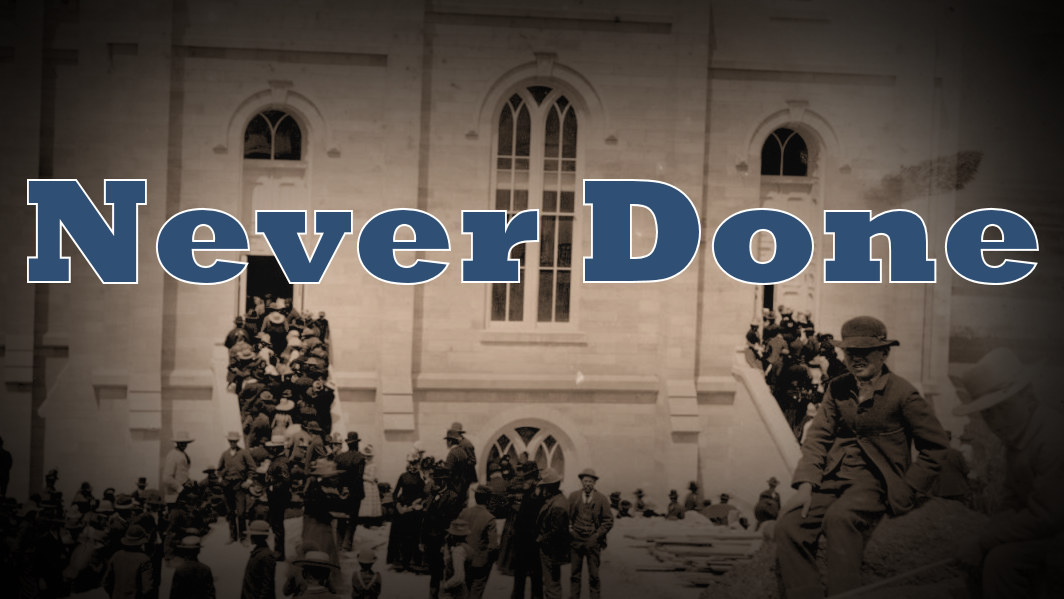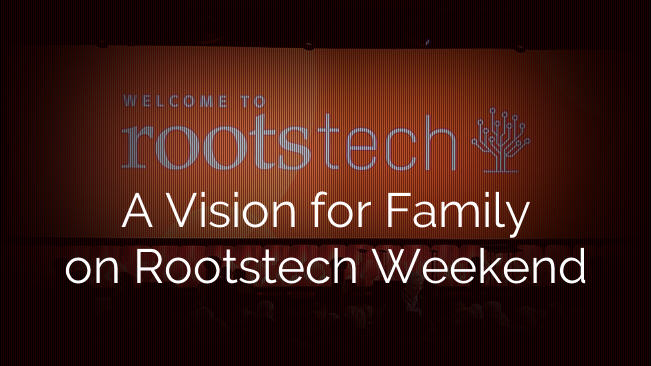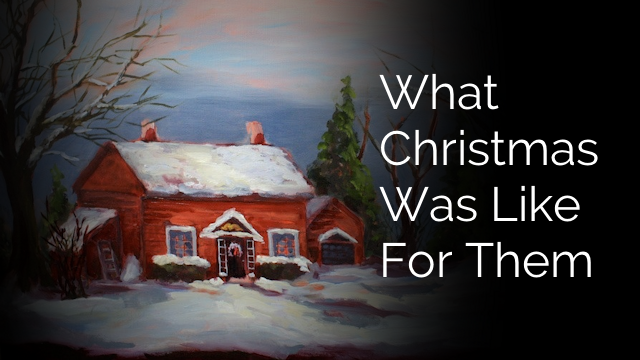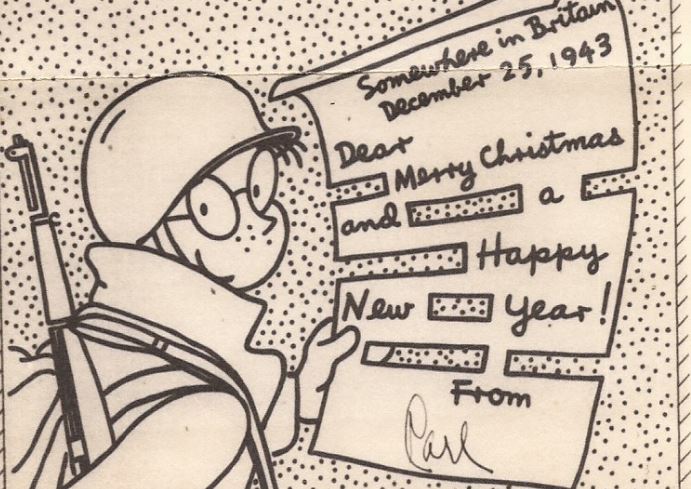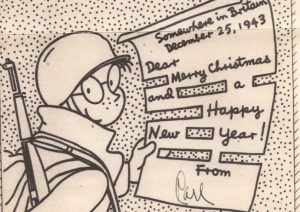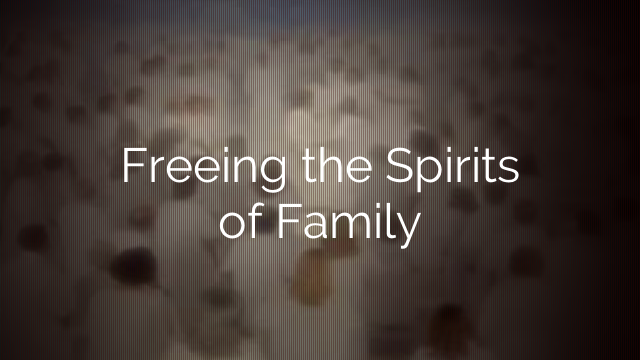Never Done
There are two seasons of the year where I see folks focusing on their family history: right around Memorial Day, when we remember those who have passed – and during the month of October, which is National Family History Month.
As a Family History Consultant, it is around these times that I frequently hear two common statements: “I don’t know how to do my family history and don’t know where to start” and “My family history is done”.
I have not used these pages much to instruct or advise as I thought I would. There is already so much out there that can help people, no matter how they see their family history.
But these are becoming common questions at these times of the year even among family and I feel compelled to impose my opinions on you about these two statements.
Not knowing where to start is so very common.
It is overwhelming to think about how to approach doing family history when you start with absolutely nothing. I get it.
It may seem an odd thing to say these days but I believe the best place to begin is with a pencil and a piece of paper.
On that paper you draw the first four generations of your family as you know it – in your head.
Just the simple stuff: names and birthdays for four generations: you, your parents, your grandparents and your great grandparents.
Of course, “you” means you and your spouse, if you have one. You will want to record names of each couple as you go along.
The first thing you will notice when you begin in this fashion is that you either do not recall or were never told the full names, birth dates and, where appropriate, the dates of passing of the first four generations of your family.
This is normal and there is no reason to feel bad.
Using this simple piece of paper and seeing the holes you have in the information you are now free to get on the phone, dig through old family group sheets or even go online to find this information and get it recorded right.
The first thing you will notice is that paper is completely inefficient in getting this information down.
It can be done, but surely technology has provided a better answer for doing this, right?
Right. But this is where the confusion really starts in.
Do you go to Ancestry.com and do it their way? Do you go to FamilySearch.org and do it their way? Or do you use some other computer tool you don’t yet know about?
Many people stop right there in confusion.
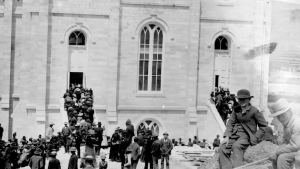
This is a photo of the Manti Temple Dedication in 1888. Albert Smith was there, as well as other family members. Albert did his family history then, taking nearly 1400 names to the temple after it was dedicated.
You see, your “family history” is the record you leave behind for your children and grandchildren.
Nobody can do it for you. Even if someone in your family has made huge efforts that marks much of your family genealogy and ordinance work “done” that doesn’t mean it’s really done.
Your mother or grandmother, after all, has a different family history than you do. She has a different spouse and her children come from different branches than your children.
Your siblings can’t do it for you because they have a different family history for the same reasons.
You see, family history, odd as it is to say, is not about the past – it is about the children – YOUR children and grandchildren.
Only you can do that unique history for them.
You can’t leave them a piece of paper with scribbles and guesses of your history. You need to jump into the deep end of the pool and do these three things:
– Buy a family tree program. There are several out there. I’ve used Roots Magic and Legacy Family Tree. Both of them are state-of-the-art and interface with common online tools like those listed below. There are many other reputable tools out there. They will take time to learn.
– Get on FamilySearch.org. Most people don’t understand what FamilySearch is. It isn’t a place to make a tree for your family. It is a place to add your information to the whole-world-family-tree they are building at FamilySearch. Everyone builds it, anyone can edit or contribute to it. This frustrates some people at first but if you understand that it exists to facilitate temple ordinance work you can see the sense in it. As new people add new records, sources and information to the profiles of each individual on the tree the record gets stronger. Overtime, FamilySearch has become an endless resource for incredible family history information and you will want your software program both feeding information to and taking information from FamilySearch.org. If you are a member of the Church of Jesus Christ of Latter-day Saints, you can tie your account at LDS.org to FamilySearch and see what ordinance work has and has not been done for each person.
– Get on Ancestry.com. This is the biggest commercial family history site online and it has a lot of information. Some information is great, some information is erroneous. Your mileage may vary, so I urge caution on Ancestry. If you have an LDS.org account and a FamilySearch.org account you get premium access FOR FREE FREE FREE to Ancestry. It’s not all of Ancestry’s premium features that are available to you – but most of them are. You can make a tree on Ancestry and most people do. But do NOT make Ancestry your only tree.
The thing to remember about Ancestry.com and FamilySearch.org is that they and all the information they contain are on the Internet. You will not always have the Internet. You can use these resources but recognize they are just that.
Your record of YOUR family history is what you generate and distribute to your family through either computer files or printed material.
There are a billion hidden details in what I’ve described above. There’s no way to make a numbered list of steps you need to take to do your history. The point here isn’t to discuss it all, it is to just get you started.
As you begin, I encourage you to reach out to me or another Family History consultant you know (every ward has one) to help you move along. I even offer you this toll free number — 877-799-7481 — that rings my personal cell phone 24 hours a day. Call me. I’d love to talk about what you are doing and help out if I can.
Of course, there are much more than four generations to your history and there is much more than just names, dates and cemeteries to Family History.
In fact, because there is much more that is why your family history is never done.
I don’t care what Grandma did. She needs to be fact checked.
She did her best with what she had at the time but there’s so much available now that wasn’t back when she was working on it. You need to validate what those in your family past did to your family history – and correct it.
I am yet to find a person anywhere who is “done”. Family history is NEVER done. Ever. I have met many who have an admirable amount of work done. But I never have met anyone who could actually “finish” their family history in their lifetimes.
And that brings us back to being overwhelmed.
There is no escaping that feeling, folks.
I’ve been hard at this now for about 7 years and I’m more overwhelmed now than when I began.
But you don’t have to eat the whole cake.
Every effort you make to chip away at it and to leave a better record of your family than was left for you is a worthy effort.
Do the best you can. Expend the time you can. And if you’re so inclined, even put money into it.
Just do more than what you were doing before – it will be enough.

